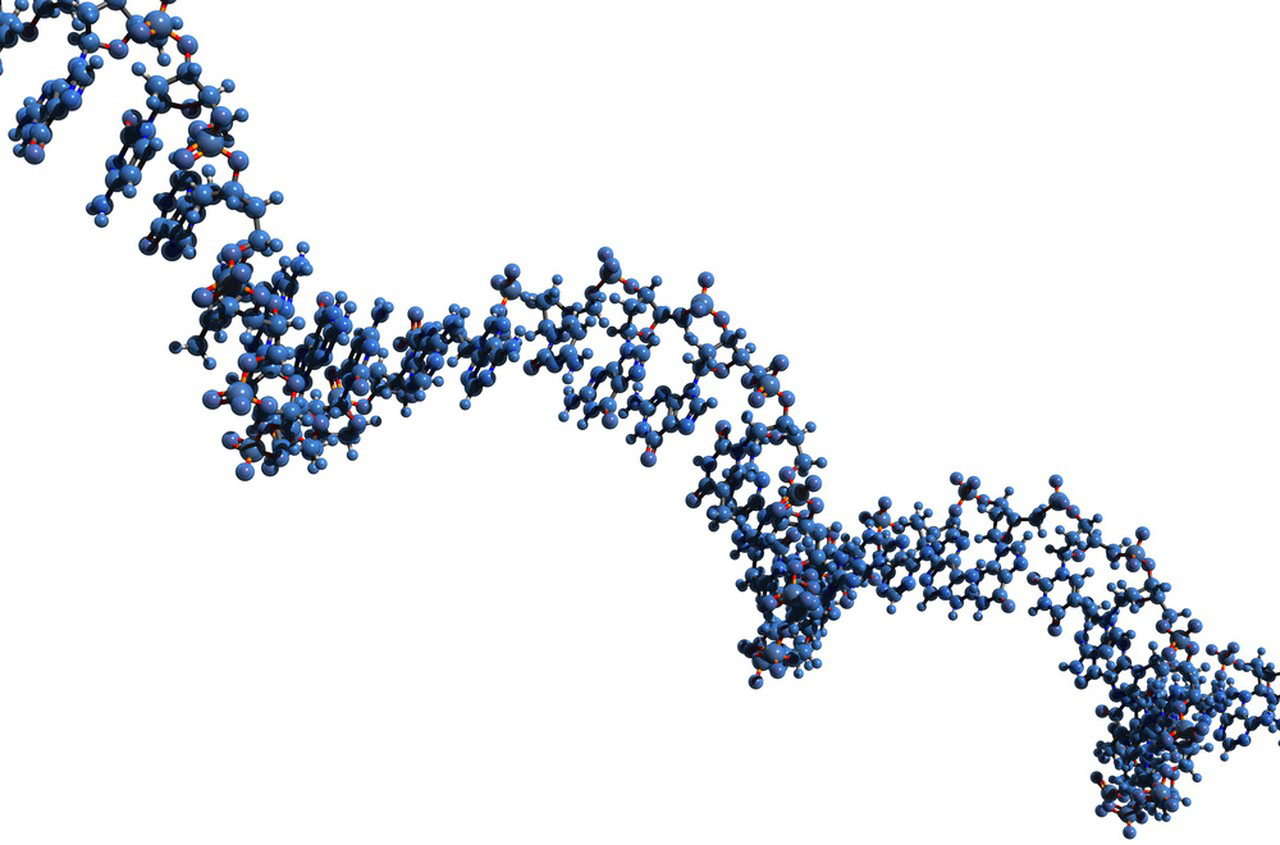Ribonucleic Acid, or RNA, is a molecule found in all living cells. It plays a crucial role in various biological processes, particularly in protein synthesis and gene regulation. RNA is similar in some ways to its cousin, Deoxyribonucleic Acid (DNA), but it has some distinct differences in its chemical structure and physical properties.
Chemical Structure of Ribonucleic Acid:
1.Nucleotides: Ribonucleic Acid is composed of a chain of nucleotides. Each nucleotide consists of three components:
Phosphate Group (PO4): This is a negatively charged group.
Ribose Sugar: Ribonucleic Acid contains ribose, which is a pentose sugar (a five-carbon sugar).
Nucleobases: Ribonucleic Acid has four possible nucleobases:
Adenine (A)
Uracil (U)
Guanine (G)
Cytosine (C)

2.Base Pairing: Ribonucleic Acid can form base pairs, just like DNA, but instead of thymine (T), it uses uracil (U). The base pairing rules are:
Adenine (A) pairs with Uracil (U)
Guanine (G) pairs with Cytosine (C)
Physical Properties of Ribonucleic Acid:
1.Single-Stranded: Unlike DNA, which typically forms a double-stranded helical structure, Ribonucleic acid is usually single-stranded. However, it can form secondary structures through intra-strand base pairing.
2.Flexibility: Ribonucleic Acid is more flexible than DNA due to the presence of ribose sugar and the absence of a deoxyribose ring. This flexibility allows Ribonucleic acid to fold into complex three-dimensional structures, such as hairpin loops and stems.
3.Size: Ribonucleic Acid molecules can vary in length, from just a few nucleotides to thousands of nucleotides, depending on their specific function.
4.Function: Ribonucleic Acid has various functions, including serving as a template for protein synthesis (mRNA), catalyzing biochemical reactions (ribozymes), and regulating gene expression (miRNA, siRNA).
5.Chemical Reactivity: Ribonucleic Acid can be more chemically reactive than DNA, which makes it prone to hydrolysis under certain conditions.

6.Stability: Ribonucleic Acid is generally less stable than DNA, especially in alkaline conditions or at elevated temperatures.
7.Spectroscopy: Ribonucleic Acid exhibits characteristic UV absorption spectra, with a maximum absorption around 260 nm due to the presence of the nucleobases.
8.Solubility: Ribonucleic Acid is soluble in water and forms hydrogen bonds with the surrounding water molecules.
It’s important to note that within the category of RNA, there are several types, including messenger RNA (mRNA), transfer RNA (tRNA), ribosomal RNA (rRNA), small nuclear RNA (snRNA), and microRNA (miRNA), each with specific roles and structural variations. The exact properties of an RNA molecule can vary depending on its type and function.
